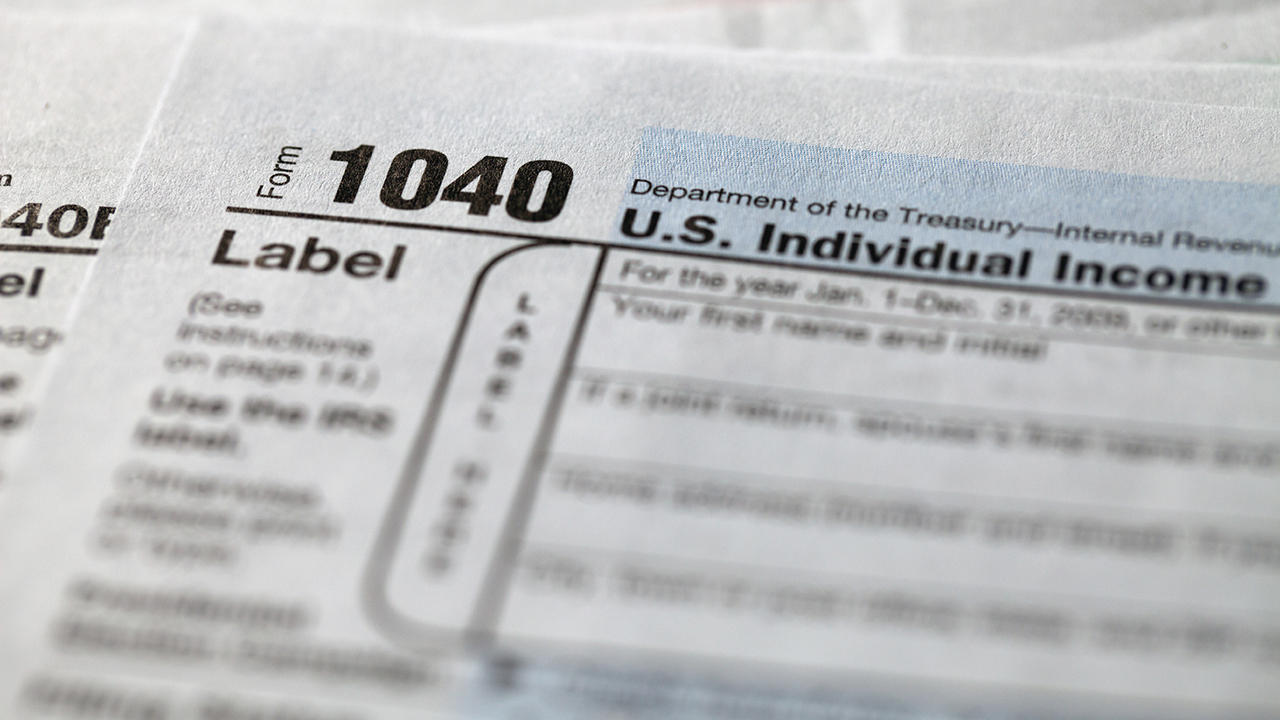All gifts, up to $10,000, TRIPLE-matched until June 30!
We Won’t Go Back: A Road Map to Recovery for a Post-COVID World

Black lives matter. But for our society to reflect that truth, we must interrogate the legacy of white supremacy, dismantle the racist systems it created, and reform the policies that perpetuate it. As a white woman, I have unwittingly benefitted from these systems. As an advocate for gender justice, I also know that there is no equality for women without equality for Black women.
A movement for gender justice then requires that the world we rebuild in the wake of coronavirus grapples not only with the effects of COVID-19 on women broadly, but how the ongoing pandemics of white supremacy and misogyny have exacerbated it and placed undue burden on Black women.
Our racist criminal justice and policing systems interact with the damage done by schools that push out Black children, corporate practices that devalue Black workers, a health system that gaslights Black pain, and housing policies that push Black families into low-opportunity neighborhoods. Black women face the compounding burden of misogyny, leaving them more vulnerable to sexual harassment and assault in our schools, workplaces, and criminal justice system; higher rates of maternal mortality, higher representation in low-paid work, and a greater risk of eviction.
The toxic cocktail of misogyny and white supremacy means that Black women have borne the brunt of the pandemic on multiple fronts – as frontline workers, as caregivers, as breadwinners who have lost their jobs, and as those getting sick, dying from, and mourning loved ones they’ve lost to the virus.
One thing is clear: in the wake of COVID-19 and the movement for Black Lives, we’re not going back to the status quo. Whatever world emerges on the other side will not be the world we left behind.
Consider that even before the pandemic…
- 219,905 women, girls, transgender people, and gender non-conforming people experienced homelessness in 2018.
- Caregiving and service sector jobs—performed largely by women of color—left millions living paycheck to paycheck even as corporations raked in record profits.
- Child care workers – disproportionately Black, brown, and immigrant women – were paid poverty wages for doing work that is the backbone of our economy
- 32 million workers, including a majority of those in low-paid jobs where women of color are concentrated, lacked even a single paid sick day and only 19 percent of workers had paid family and medical leave.
- 7 million students attended schools with police, but no counselors. Native American, Pacific Islander, Black and Latina girls were already more likely than white girls to attend high schools with fewer math and science courses. And 14 percent of children nationwide including nearly 20 percent of Black and Latinx students and 37 percent of Native American students lacked the home internet access necessary for distance learning.
The question is not whether we’ll go back. The question is what world we’ll create on the other side of the COVID-19 pandemic and the economic devastation it has wreaked.
- Will we allow that number of people experiencing homelessness to rise or will we make equitable investments in housing as part of relief and recovery efforts?
- Will we let corporations off the hook for putting their workers’ health, safety, and even their lives at risk for the sake of profits, or will we hold corporations accountable for providing quality and safe jobs?
- Will we continue to devalue child care providers and shortchange Black children or will we make equitable investments to ensure high-quality and affordable child care for all?
- Will we continue to sacrifice public health and basic decency by depriving large shares of the population paid sick and family leave, or will we ensure that all workers can take paid, job-protected time off to care for their loved ones and make investments in public health?
- Will we let states go bankrupt even as they provide essential services to fight the pandemic and stem the economic pain, or will we provide fiscal relief that helps save jobs and ensure our communities have the resources they need?
- Will we let unemployment benefits prematurely expire or will we ensure that continues until economic conditions have improved?
- Will we allow gender and racial disparities in education to widen or will we rebuild a more equitable education system – one where Black and brown girls can thrive?
So I’ll say it again, Black lives matter. But only by centering Black women and girls in our answers to these questions can we get to the equitable recovery we desire. Now is the time to envision what a recovery that works for all of us looks like. If we are to get to that world, we must ensure that every single issue that Congress considers as part of relief and recovery centers Black women and girls.





